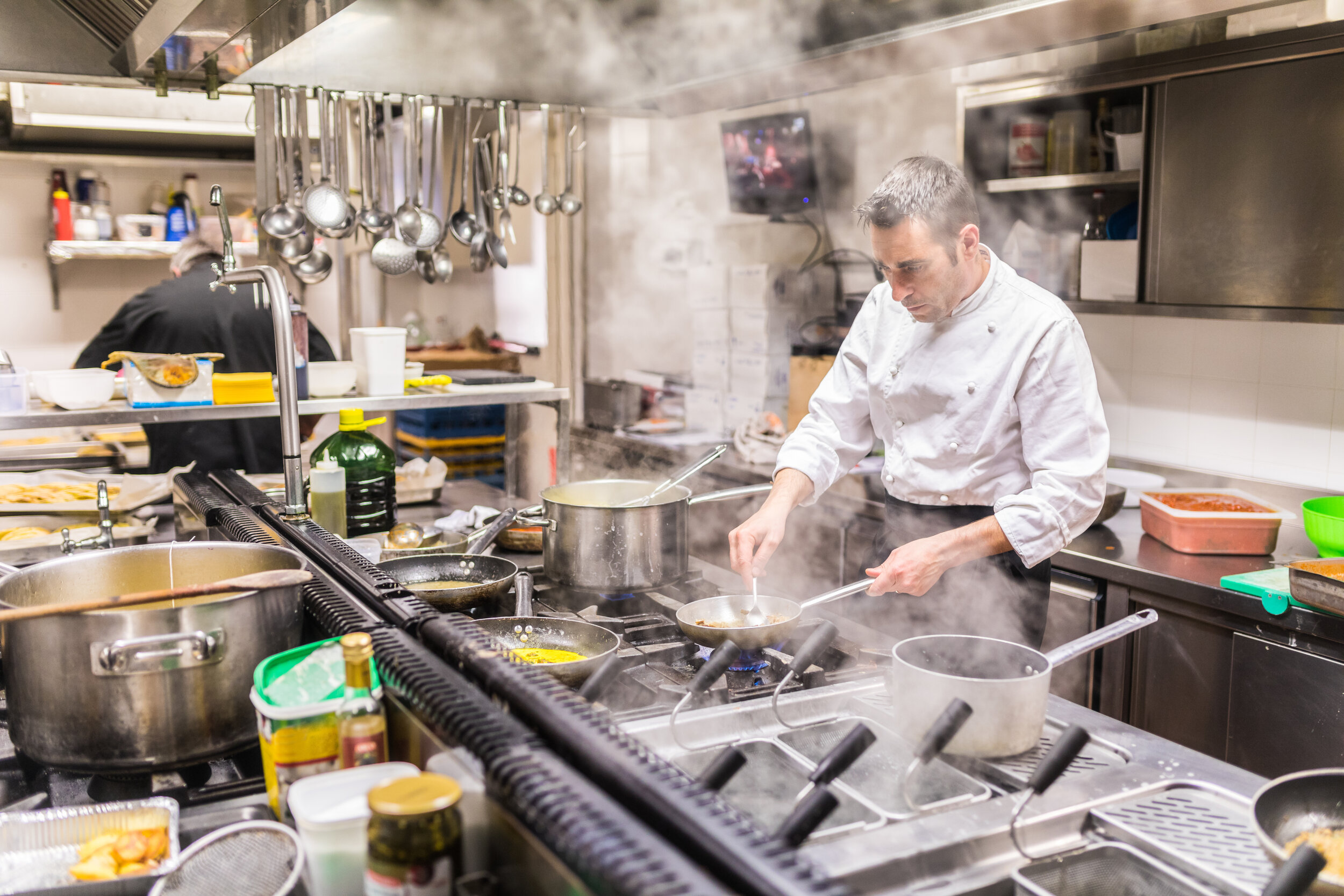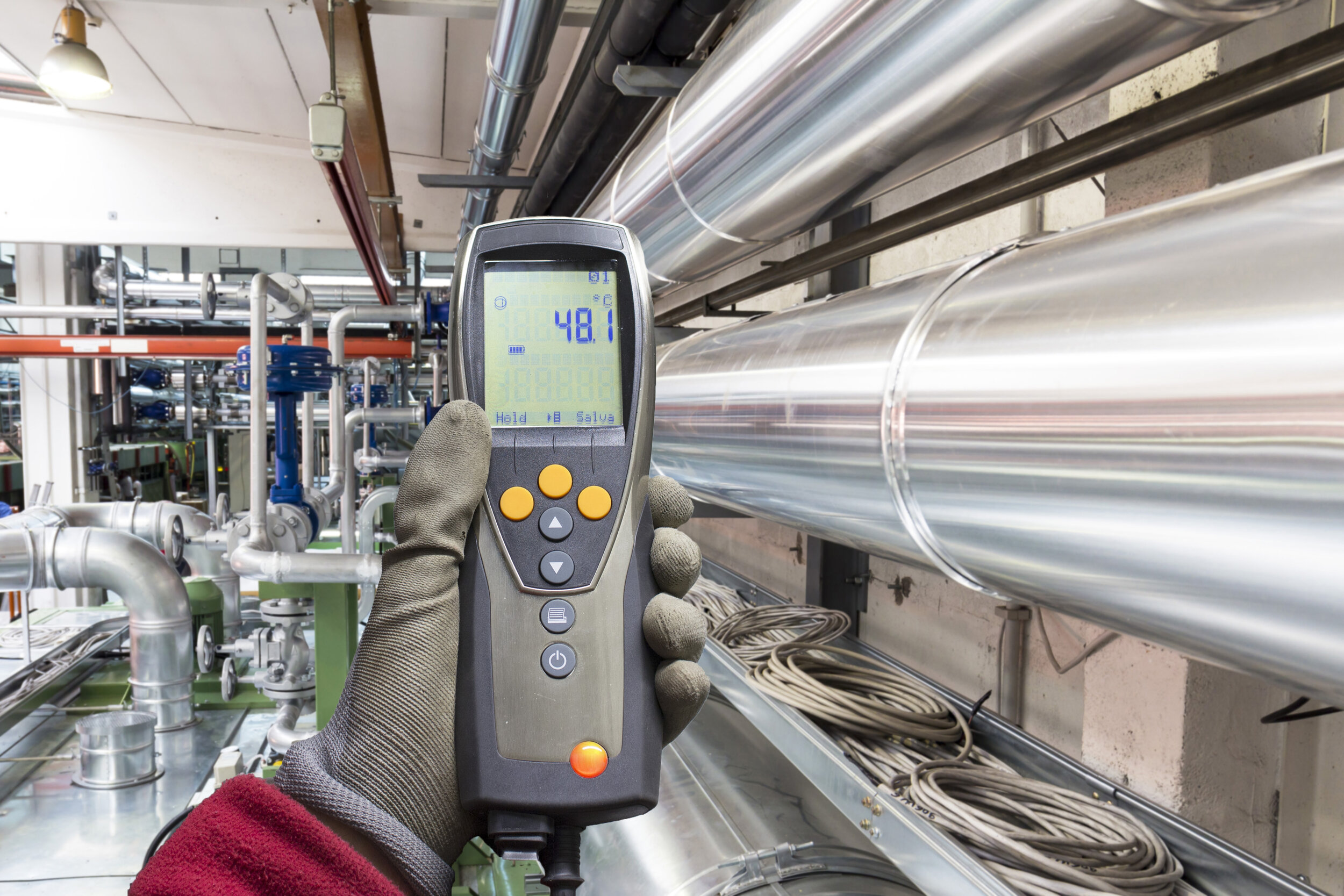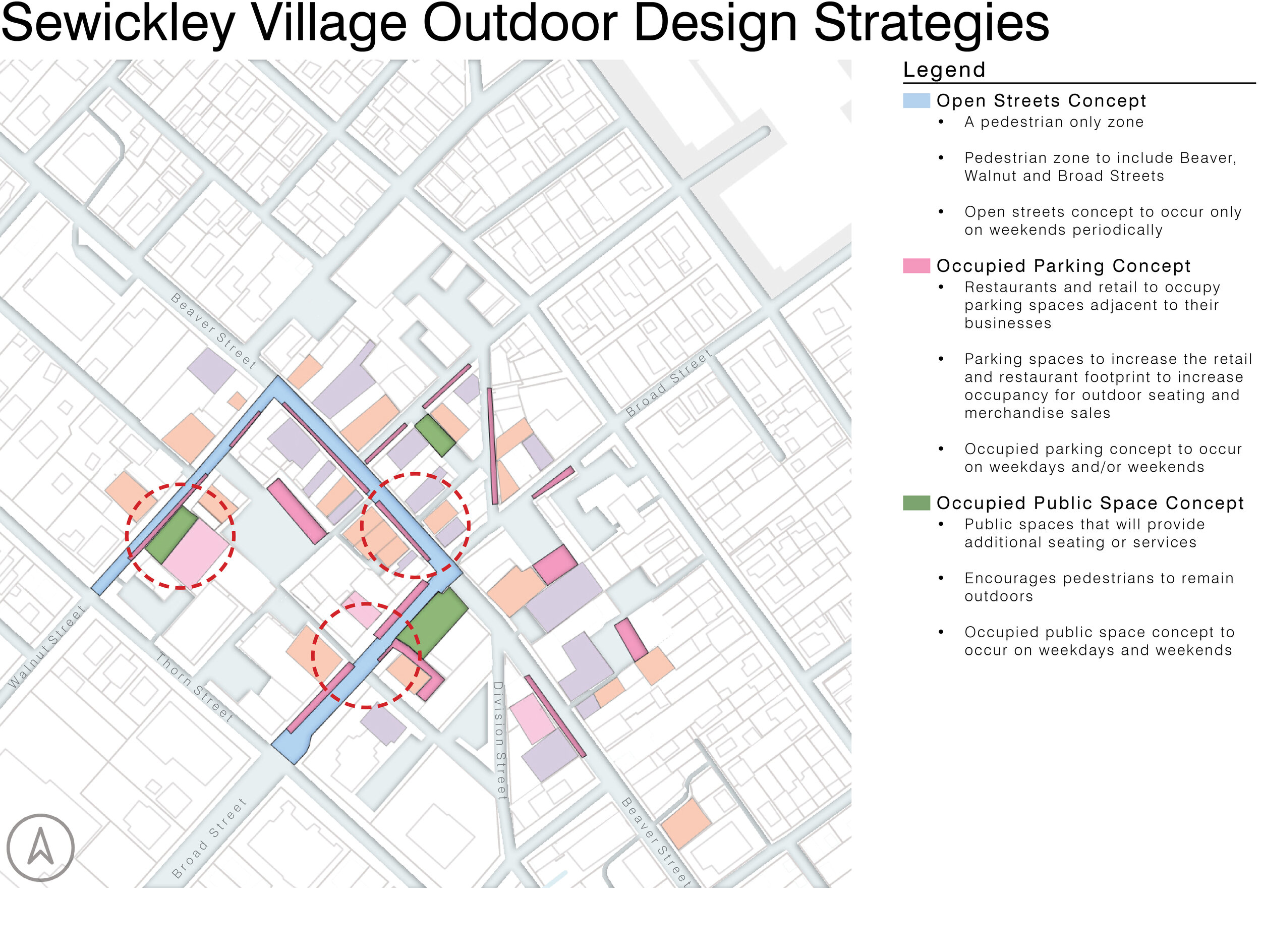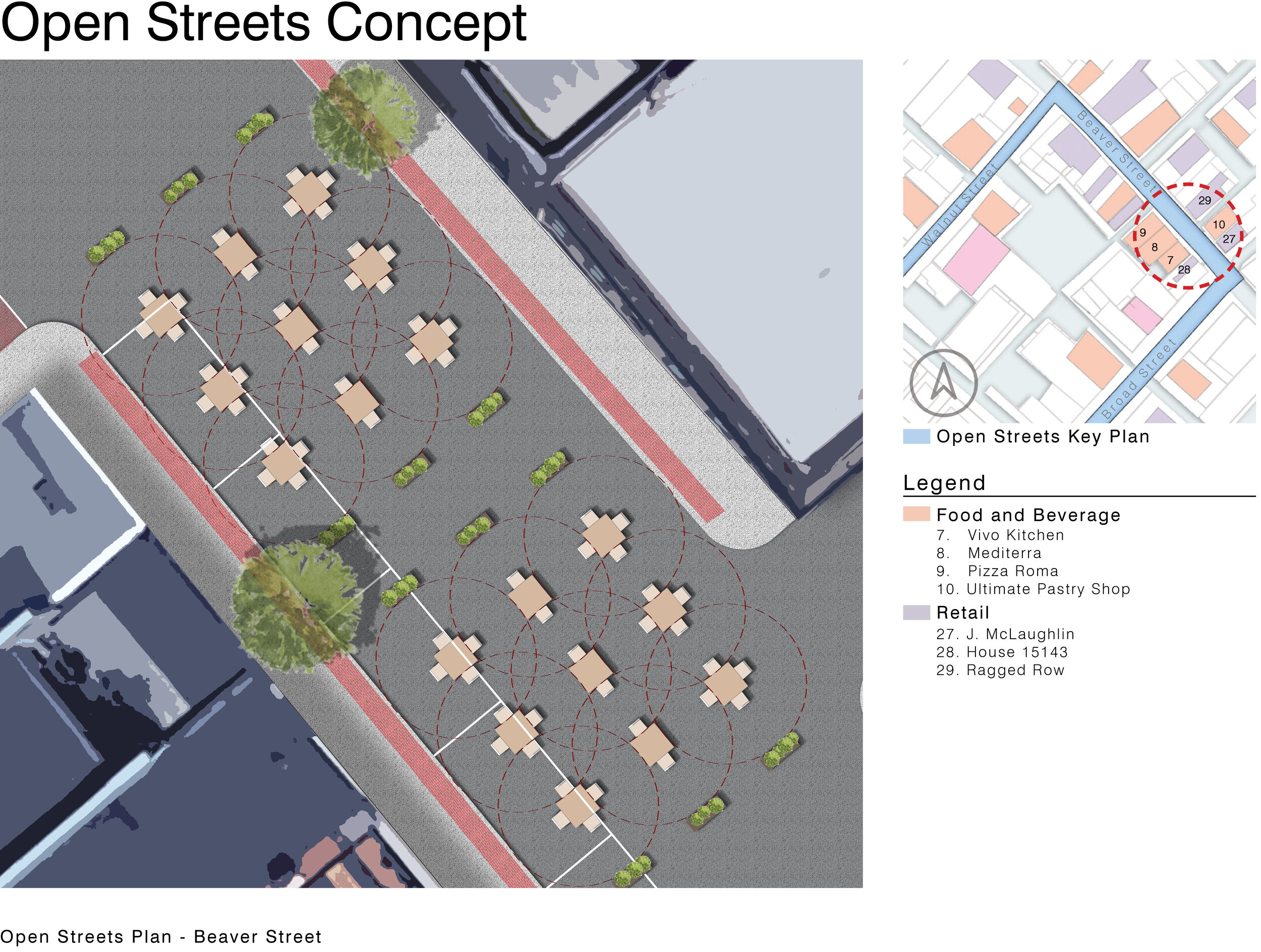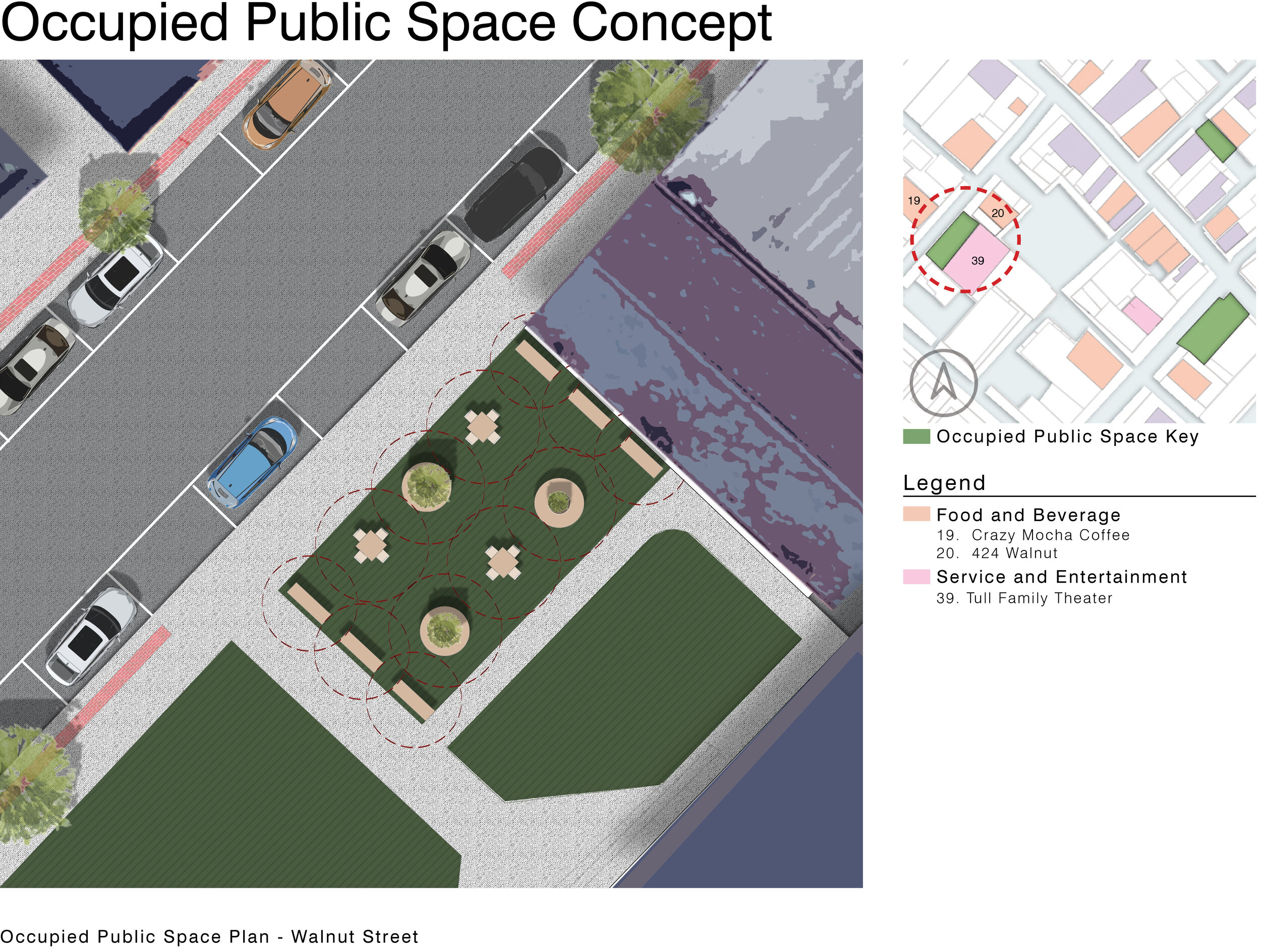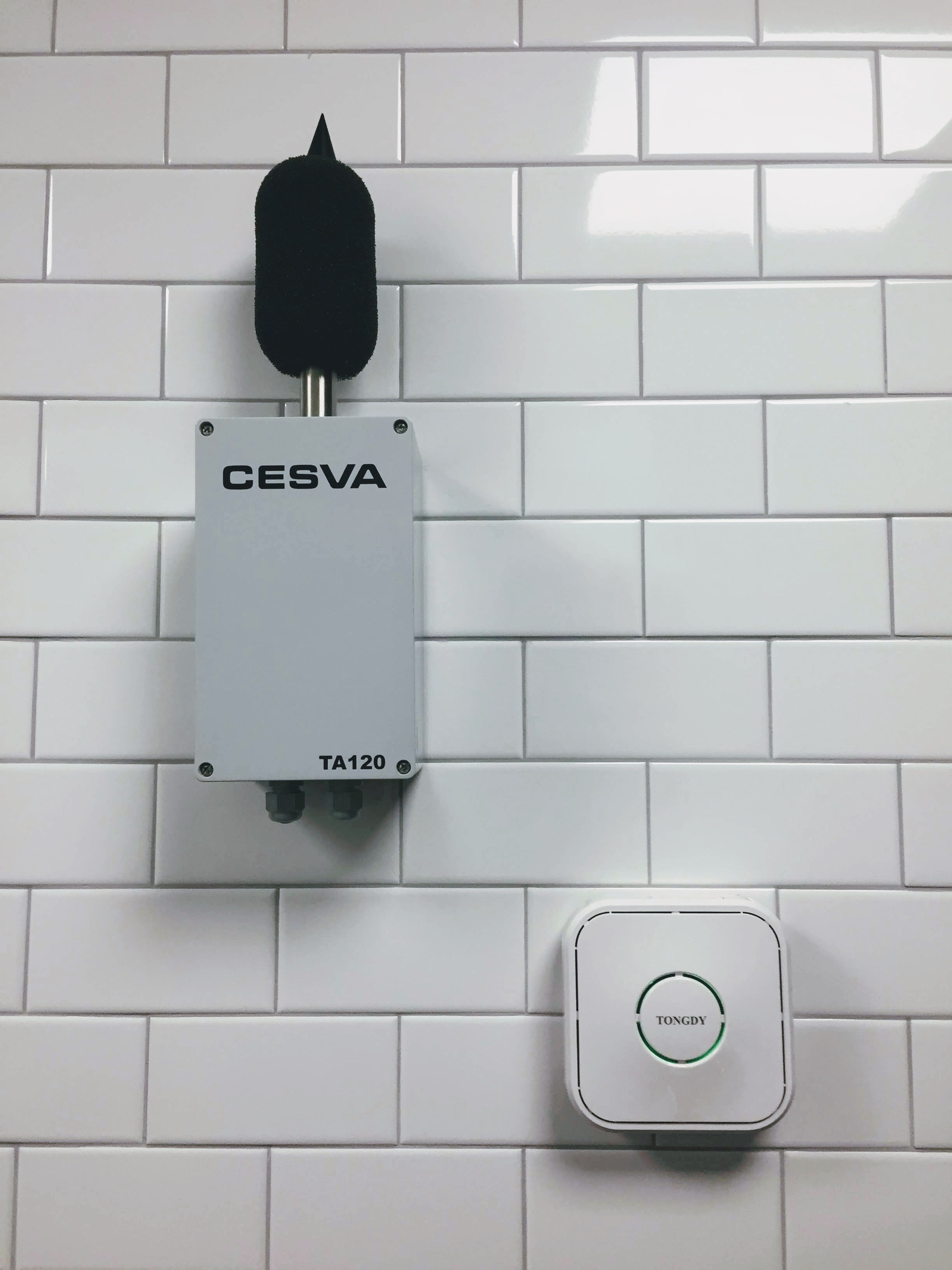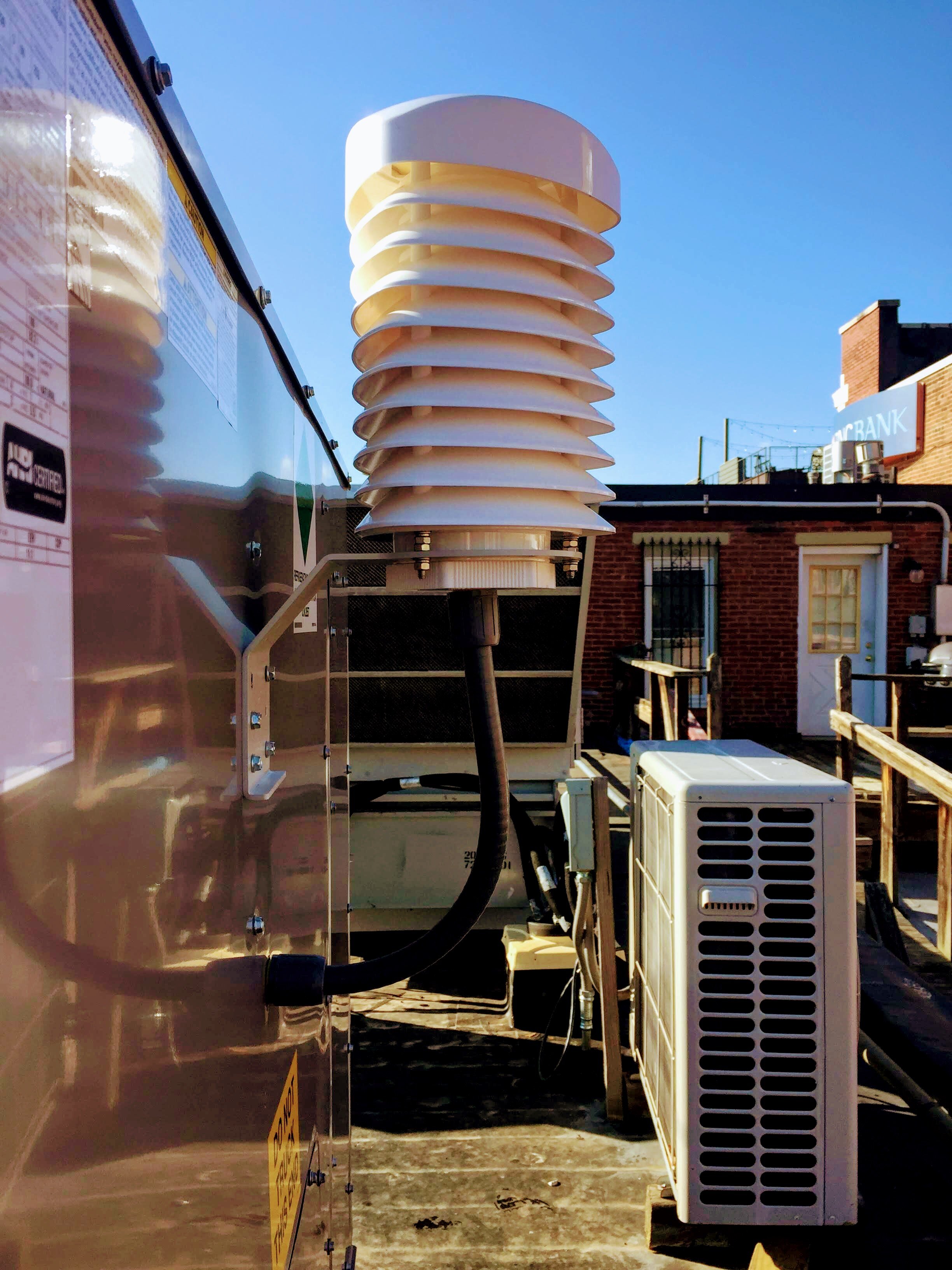Studio St.Germain is proud to announce that its latest project, Sewickley Tavern, has officially been awarded RESET Air certification, achieving the highest internationally-accepted standard for indoor air quality. It is the first restaurant in the world to achieve the designation which was created specifically to target human health. Sewickley Tavern is located in the Borough of Sewickley, northwest of Pittsburgh, Pennsylvania.
The RESET Standard is a sensor-based and performance-driven data standard and certification program for the built environment. It uses technology to assess the performance of buildings and interior spaces during their operational phase, with a focus on optimizing human health and sustainability.
“In a post-COVID environment, this system ensures that staff and customers are benefitting from the best possible indoor air management technologies available. It demonstrates that the owners are doing everything possible to minimize or prevent any exposure to undesirable indoor pollutants, toxins or pathogens,” explains Nathan St.Germain, Principal and Founder of Studio St.Germain. Air quality in all areas of the restaurant, including the kitchen, is continually monitored and actively managed in real-time to ensure that the indoor air is safe and healthy for both employees and diners.
To achieve the RESET standard, St.Germain specified six indoor and outdoor monitors which were installed in HVAC components and occupied spaces. These monitors collect air quality metrics in real-time and transmit them to a cloud-based analytics and management platform. A three-month data collection audit was required to demonstrate that RESET threshold levels were being met consistently. Sewickley Tavern has received both of the two air quality building certifications offered: Commercial Interior, and Core & Shell.
As the first building of its typology to achieve the standard, Sewickley Tavern is providing critical data that will help build out future guidelines for indoor air quality in restaurants and other consumer-occupied spaces. "RESET was created to improve the health of everday people by using technology to make indoor spaces healthier for occupants. By implementing RESET in a restaurant for the first time, Studio St.Germain is leading the way and showing that the standard is accessible and practical for even small, independent businesses,“ said Anjanette Green, Director of Standards Development for the RESET organization, and co-author of the RESET Standard.
Studio St.Germain specializes in high-performance building. Along with the air quality system, the firm designed sustainability features at Sewickley Tavern that includes a photovoltaic system, acoustical plaster ceilings, noise-measuring sensors, and smart building infrastructure to monitor and manage building operations.




